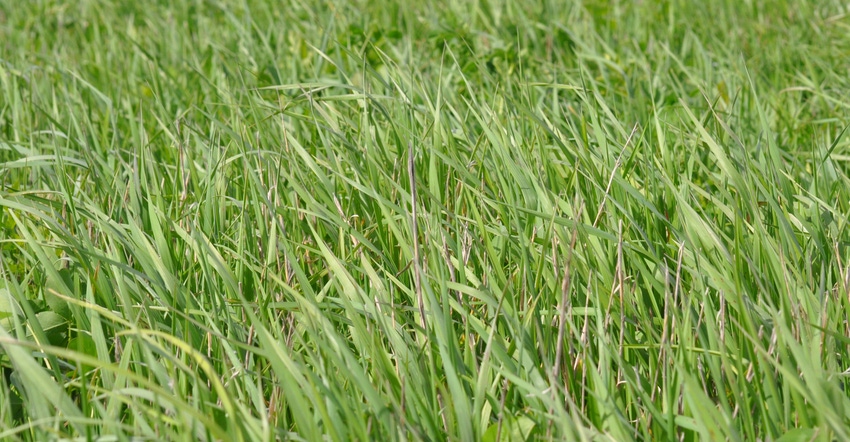
When Dwight farmer Matt Boucher planted his first 20-acre cover crop in 2012, his neighbors thought he’d lost his mind.
“When we first started doing it, everyone thought we were nuts putting ‘weeds’ out there, and we weren’t going to get a return out of it,” he says. “On the other hand, I had farmers coming and asking about where to get it.”
Boucher’s goal that year was to try something new that would potentially impact his bottom line without adding another product.
“I got tired of hearing to spray this, add that, and I thought maybe there’s another way,” he explains. “After I started working with cover crops, I realized this makes sense. We’re using biology to help our soils instead of constantly spraying something that wouldn’t naturally be there on its own.”
Today, Boucher’s cover crop objective is to find an economical way to increase organic matter and improve soil health, while keeping nutrients in the root zone and out of the water supply.
That starts with the right cover crop mix.
Boucher’s ‘witch’s brew’
What’s the best cover crop combination? That depends on your goals, Boucher says, and he encourages farmers to establish that first before planting any cover crop. As a cover crop seed dealer, Boucher creates a “witch’s brew” based on what farmers need. For example, a farmer with thick clay soils who is trying to reduce soil compaction may need a deep-root system plant, like annual ryegrass. Rapeseed, he adds, is known for moving sulfur back into the root zone and a good option for most cover crop mixes.
Boucher’s 46-pounds-per-acre recipe for his farm combines barley, oats, rapeseed, radishes, turnips, annual rye, cereal rye and black oats, and costs about $19 per acre. “That works well for us for what we want to do right now.”
What hasn’t worked? Crimson clover. “We can’t get it to do anything here,” Boucher says. “It can produce a lot of nitrogen and grows really well for some folks, but it will not grow here.”
What’s the best way to plant cover crops? “There’s no right answer; there’s no silver bullet,” Boucher says. Drilling, broadcasting, flying — they’ve tried it all. Aerial application costs more and is not as accurate as a drill, he explains, but a diverse cover crop mix with turnips, radishes and annual ryegrass needs extra time to grow before winter. “There’s risk and reward there,” he says. “One year it can work great one way; the next, the other. It depends on what Mother Nature throws at us.”
Mother Nature can throw a wrench in termination plans, too, but Boucher says it’s fairly easy if you follow the rules. “When you terminate with a herbicide pass, it has to be warm outside,” he explains. “It can’t be the first sunny day when it’s 50 degrees F and the ground is dry.”
In fields going into corn, Boucher uses 32 ounces of Roundup with a residual when the cover crops are 1 foot tall or shorter, as close to planting as possible. For beans, he lets the cover crops grow up to 5 feet tall before terminating and plants into the still-green cover crops. “We’ve had really good success going out like we would normally do for a burndown situation, and it’s taken care of the cover crops really well,” he notes.
The most common mistake for new cover croppers is early termination. “If you kill it too early and come back two to three weeks later to plant when the cover crop is lying down like a mat, it’s hard for that ground to dry out,” Boucher explains.
Worth the time and money?
Boucher started with 20 acres of cover crops and has worked up to 75% of his acres. Aerial imaging and mapping indicates a much healthier crop on his cover crop acres. Even better, his cover-cropped soybean fields gained 2.5 bushels an acre, and he cut back on herbicides. The additional yield makes the cover crop a breakeven investment.
From there, Boucher says his cover crops become profitable. “If we keep saving on herbicides, then it’s a profit of about $15 per acre.”
Editor’s note: This was Part 3 in a series on cover crops in Illinois; Part 1 shared Galva farmer Brian Corkill’s experience, and Part 2 looked at Chad Bell’s Viola operation. Watch for the final story in the series in the coming days.
About the Author(s)
You May Also Like




